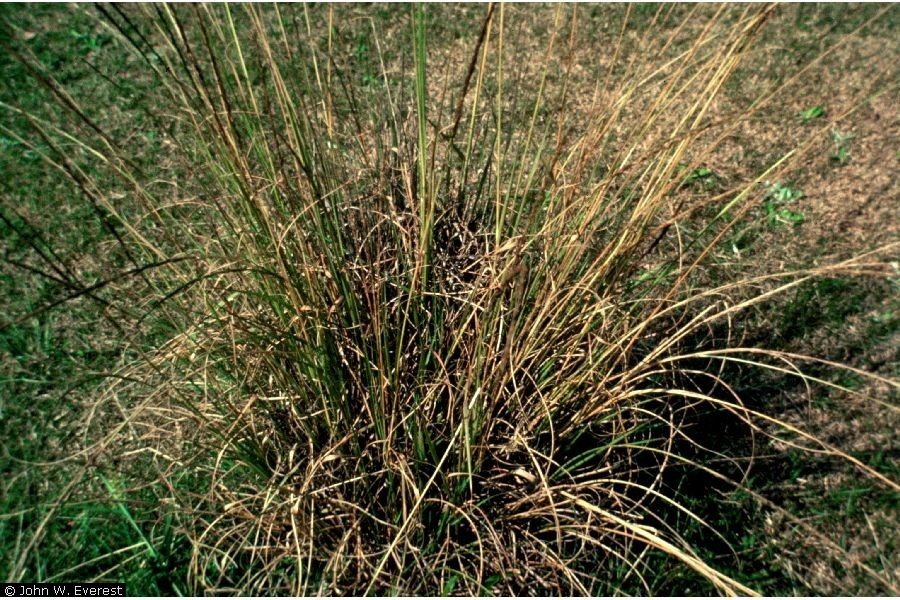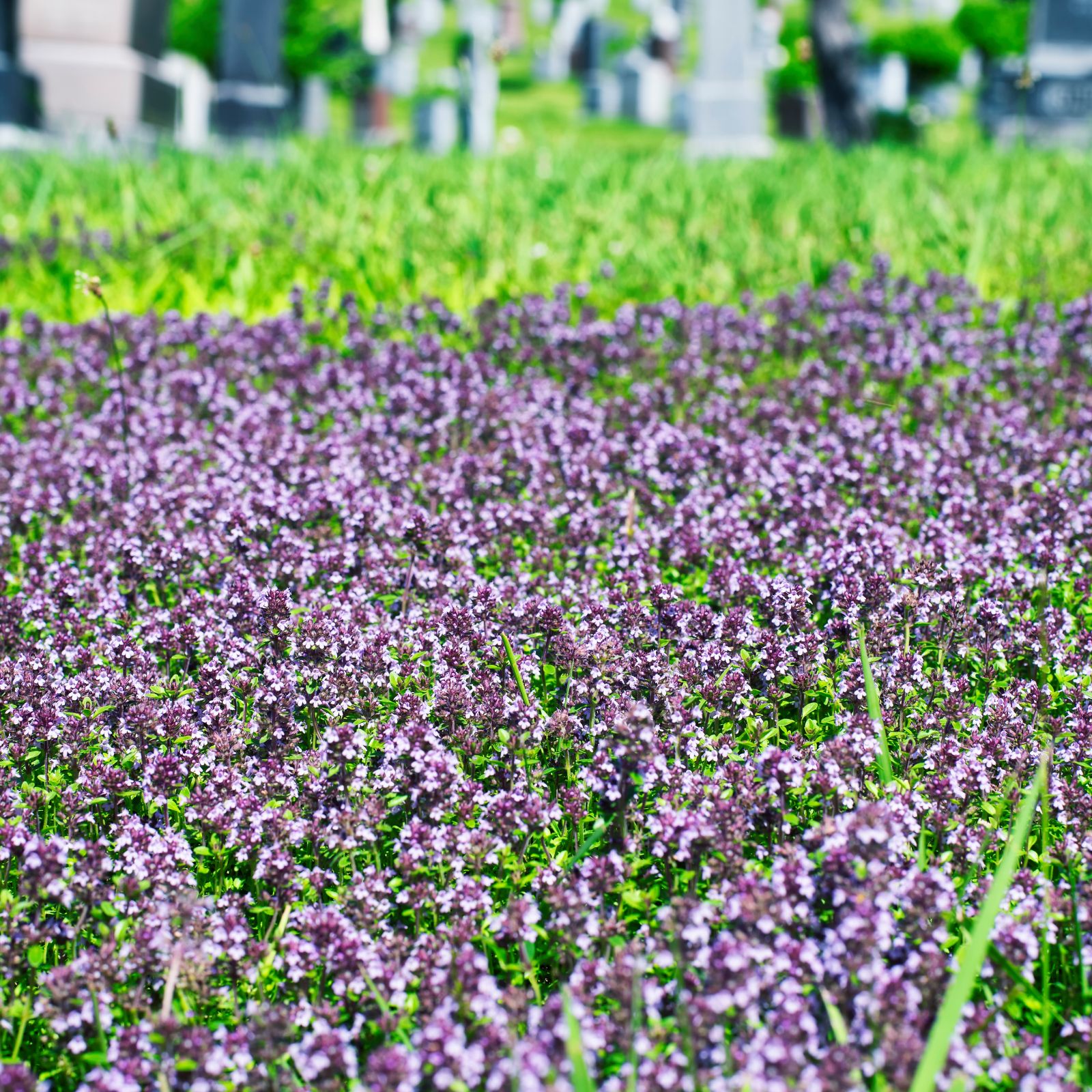Smutgrass Control - Tips To Help Kill Smutgrass


Both small and giant smutgrass (Sporobolus sp.) types are a problem in pastures in southern areas of the U.S. The invasive, perennial bunch grass, native to Asia, reseeds prolifically. When these seeds sprout in your landscape, you will be looking for a way to kill smutgrass. Smutgrass control is especially dangerous, as it is a carrier of black smut fungus, which you do not want on valuable landscape plants.
Tips for Smutgrass Control
Controlling smutgrass begins in spring, as the invasive grass must be actively growing when treatments are applied. If smutgrass appears in your turf, natural area or flower bed, you'll want to immediately get rid of smutgrass, but spraying is usually not effective until spring. If you can kill smutgrass before it reaches the ornamental areas of the landscape, this is the desired smutgrass control, but chemicals for controlling smutgrass can also kill other grasses that you wish to keep. Healthy turf is the best repellent for smutgrass control. Take a soil test; amend and fertilize turf as recommended. Dethatch the lawn, if needed. This provides the easiest and most effective smutgrass control, helping desirable turf crowd out and get rid of smutgrass before it is established. If you wish to practice smutgrass control on your property in areas outside of the lawn and flower bed, get rid of smutgrass by use of suitable herbicides. Painting plants can be effective, but is not practical when they must be controlled in large quantities. Commercial wiping equipment can be used to get rid of smutgrass in outlying areas. A single application is recommended yearly. Follow directions on the product label carefully. When in doubt, contact a licensed landscape specialist to help get rid of smutgrass. Note: Any recommendations pertaining to the use of chemicals are for informational purposes only. Chemical control should only be used as a last resort, as organic approaches are safer and more environmentally friendly.
Gardening tips, videos, info and more delivered right to your inbox!
Sign up for the Gardening Know How newsletter today and receive a free copy of our e-book "How to Grow Delicious Tomatoes".

Becca Badgett was a regular contributor to Gardening Know How for ten years. Co-author of the book How to Grow an EMERGENCY Garden, Becca specializes in succulent and cactus gardening.
-
 Get Ready For A Summer Of Hummers! Grow These Full Sun Hummingbird Plants and Flowers
Get Ready For A Summer Of Hummers! Grow These Full Sun Hummingbird Plants and FlowersIf you’re lucky enough to enjoy a sunny backyard, make sure you are maxing out on your pollinator opportunities and grow these full sun hummingbird plants and flowers
By Tonya Barnett
-
 12 Lush Alternatives To A Lawn For Sustainable Spaces
12 Lush Alternatives To A Lawn For Sustainable SpacesAlternatives to a lawn are beautiful and also beneficial to your local ecosystem and its pollinators. Explore our top picks for plants to replace grass.
By Tonya Barnett